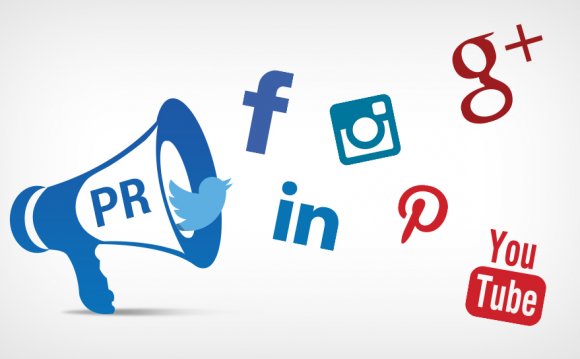
 For startup companies with small budgets, gaining an advantage for your new business or a new product through advertising is both a challenging and risky venture. Once the initial budget is gone, there are seldom second chances.
For startup companies with small budgets, gaining an advantage for your new business or a new product through advertising is both a challenging and risky venture. Once the initial budget is gone, there are seldom second chances.
A good public relations strategy is an alternative to advertising. Effective PR is a cost-effective way to gain editorial exposure for your product, get more leads, generate more sales and build a great brand.
What makes PR so powerful?
In a word: credibility.
People often see through advertising, but a product mentioned in the context of a news report or print feature story gives it a passive endorsement and third-party credibility advertising just can't buy.
A news report is actually far more likely to move people to action than conventional advertising, and a good public relations strategy is the way to get the media to seek you out.
How can you make the PR process work for you? Let me walk you through 10 rules you need to create an effective PR plan to give your product competitive advantages in your market:
- Know your market. The more specific you can get about which community should use your product, the easier it will be to identify which media you need to work with. Be very narrow in your target, realizing that no product ever commands 100 percent market share, nor does it need to in order to be successful.
- Identify the product benefits relevant to your market. Features aren't as important as what your product does for your potential clientele. Remember, at this stage you're trying to sell your product or service to the media so your story will get published. Let them know the benefits and show them the numbers to prove that your product saves users time and money-or makes money.
- Establish your product as unique. It's important to be able to prove your product is "x-times" faster, better, cleaner or more cost-effective than your competitors' product or industry standard. Such specific and proven advantages will provide the media concrete evidence to feature your product over anyone else's.
- Source and use testimonials. All other things equal, testimonials are one of the strongest ways to enhance the credibility of any promotional piece. This also holds true for your editorial piece as well. The main difference will be the way the testimonial is presented. While in some promotional pieces you might get away with someone named "C.K." from Omaha who says your widgets are "great." However an editorial piece needs to be about a targeted benefit.
- Target the media used by your target market. Find out which media outlets your target market typically reads, views or listens to. In many cases, you'll be able to identify specific journals or programs for the industry you are targeting. If it's not obvious, you may need to do some research to find out which media are most seen or read by your target market. You can get this information from SRDS and any of the Bacon's directories. These types of publications outline available newspapers, magazines, newsletters, radio and television broadcasts according to locality and special interest groups. They also provide names and contact information for key editors.
- Prepare your press release to be printed as is. Start your release with a great headline and make sure it also follows AP style guides so a journalist can (if they so choose) cut and paste your copy for their story needs. Your first paragraph should be no more than 25 words and needs to both explain the headline and summarise the story. Journalists spend on average of seven seconds "speed reading" the hundreds of news releases they receive each day, so the first 25 words are critical. And remember to keep your editorial to one page or less.
- Sell your release. Make a phone call to the person named in the media guide. Let them know you have a story that may interest them and their readers. Give them the headline and the first paragraph. They'll make a decision then and there whether they like it or not. A "yes" or "maybe" means "send me a fax or email with more information." Then, forward immediately marked clearly to their attention. Earn the right to follow up by asking if you can call back the next day or at some other specific time, depending on publication dates.
- Follow up. Call your contact when you said you would to confirm whether or not they received the information you sent and offer to provide more information if necessary.
- Keep in contact. But don't be pushy. If the story is of value, it will sell itself. All you should do is provide your contact with the convenience of more information. This is also a good way to make sure your press release gets a second look.
- Use a photograph. A photograph can literally sell a thousand words. Daily media are more photo-conscious than ever, and are more interested in photos than the monthly special interest magazines or trade journals. Those publications are usually only interested in a photograph if it educates or informs the reader.














